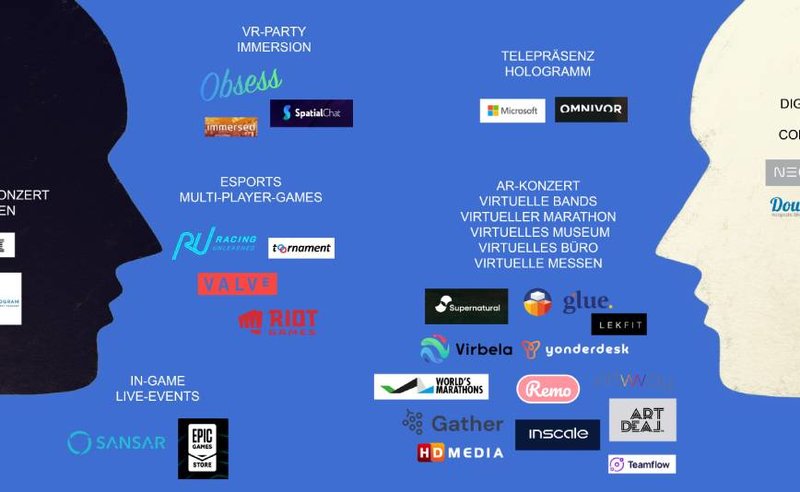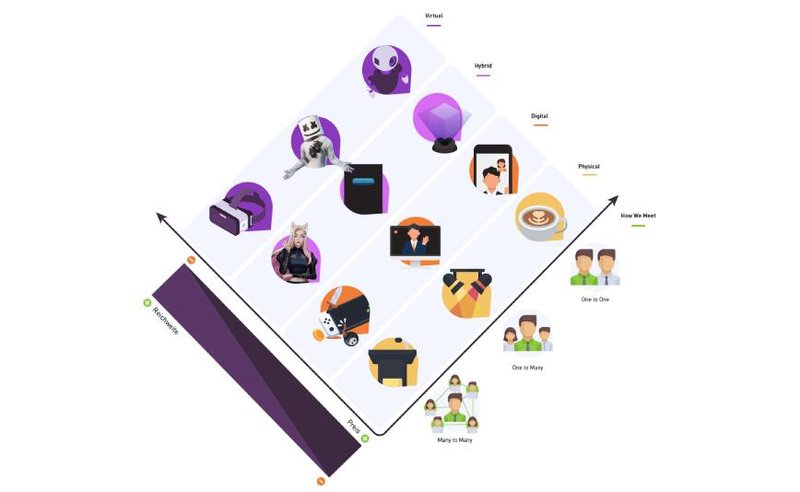Städte sind heute die eigentlichen Machtzentren, nicht Länder. Von ihnen und ihren BewohnerInnen geht der gesellschaftliche Wandel aus. Bürgermeister können schneller, innovativer und autonomer handeln als Präsidentinnen oder Bundeskanzler.
Das weiss auch Damiano Cerrone, Berater bei Demos Helsinki, einem unabhängigen Think Tank für den Aufbau nachhaltiger und gerechter postindustrieller Gesellschaften. Cerrones Forschung stützt sich auf digitale Fussabdrücke, um mit ihrer Hilfe neue städtebauliche Lösungen zu finden. Das Ziel: Die Innenstädte auf die Bedürfnisse des heutigen Lebens ausrichten.
Städte stünden heute vor neuen Herausforderungen, sagt Cerrone. Bei vielen von ihnen ginge es darum, Kernwerte wie eine gute Infrastruktur zu erhalten und gleichzeitig die Herausforderung der 1,5-Grad-Erderwärmung zu bewältigen. «Stadtplanung muss oft diese zwei Pole ausbalancieren: Liegt viel Macht bei der Infrastruktur, sind die Nachhaltigkeitsziele schwer zu erreichen.» In superdigitalen Städten sei es hingegen schwer, das Humankapital zu entwickeln. Strassen versus Internet, sozusagen.
Die Lösung sei die Essenz aus Datensammlung und daran angelehnter Infrastrukturplanung: «Wir müssen einen neuen öffentlichen Raum schaffen, der offen und demokratisch ist, damit wir vorhandene digitale Technologien nutzen können, um zusammenzukommen und unsere Probleme zu lösen.»
Jedoch gibt er zu bedenken: «Vermeiden Sie das Smart-City-Paradox!» Mehr Daten würden nicht zwangsläufig zu besserer Stadtpolitik führen. Es spiele keine Rolle, wieviele Daten eine Stadt sammle, wenn sie für ihre BewohnerInnen nicht relevant seien. So interessiere es die Leute nicht, welches Unternehmen wo eine Niederlassung registriert habe und wie gross diese sei. Es interessiere sie aber, wo in der Stadt sich gerade Freunde aufhalten. Cerrones Tipp: «Ernten Sie Daten von Tech-Giganten wie Foursquare oder Facebook, und bringen Sie sie mit den Daten der Stadt zusammen.»
Wie Städte mit Hilfe von Daten für das Leben von heute nachgerüstet werden können, zeigt Cerrone hier im Video:
Zoom war gestern: Das sind die Meeting-Anbieter der Zukunft (2. Teil)
Zoom ist erst der Anfang – längst arbeiten weltweit Unternehmen an Meeting-Lösungen der Zukunft. Das GDI zeigt hier die vielversprechendsten Anbieter. Über die Zukunft der Begegnung diskutierten internationale Referentinnen auch am GDI-Trendtag vom 10. März 2021.
Infografik: Begegnungsorte der Zukunft (1. Teil)
Die Covid-19-Pandemie hat unser Sozialleben stark eingeschränkt. Jeder zu nahe Kontakt ist potentiell gefährlich. Doch was gibt es für Alternativen? Eine GDI-Infografik zeigt, wie wir uns in Zukunft treffen werden. Auch am GDI-Trendtag vom 10. März 2021 war die Zukunft der Begegnung das zentrale Thema.
Neuer GDI-Podcast: Urbaner Handel 2030 – Die Zukunft der EinkaufsstrasseDie Zukunft der Einkaufsstrasse: Was passiert mit dem Handel in der Stadt?
«Shop 'til you drop» – das war einmal. Heute verwaisen selbst prestigeträchtige Shoppingmeilen wie die Zürcher Bahnhofstrasse oder die New Yorker 5th Avenue. Welche Chancen hat der städtische Einzelhandel bis 2030? In der neusten Folge des GDI-Podcast erfahren Sie es. Jetzt anhören!